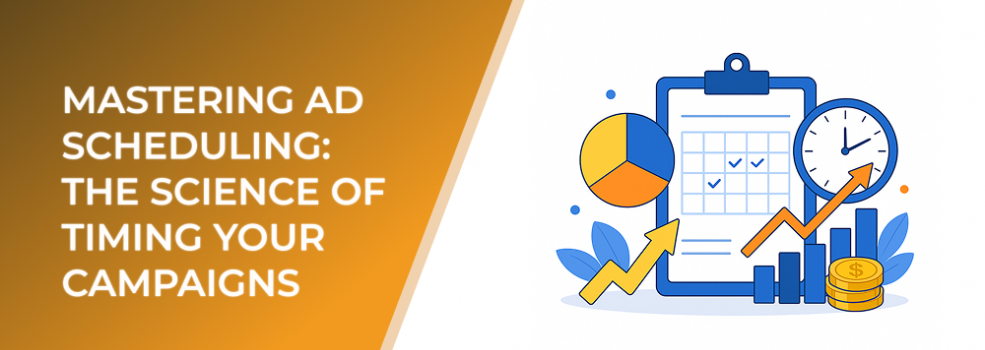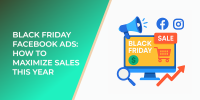Timing is one of the most underestimated elements of a successful digital marketing strategy. Even the most compelling ad creative can fail if it appears at the wrong moment. Ad scheduling—also known as dayparting—enables marketers to control when their ads appear, ensuring optimal visibility when the target audience is most engaged. At LeadEnforce, we emphasize precision in every part of campaign management, and mastering scheduling is a crucial step toward efficiency and higher ROI.
Why Timing Matters in Digital Advertising
According to research from Statista, over 60% of ad impressions occur outside of working hours, yet engagement rates vary drastically across industries. Understanding these variations can lead to more cost-effective campaigns. For instance:
-
Retail ads perform best between 6 p.m. and 9 p.m. when consumers are most active online.
-
B2B campaigns tend to gain traction between 9 a.m. and 4 p.m. on weekdays.
-
Mobile engagement peaks during commuting hours and late evenings.
By analyzing such data, businesses can allocate budgets more strategically, showing ads only when potential customers are most likely to act.
The Science Behind Ad Scheduling
Effective ad scheduling combines audience behavior analysis, time zone data, and performance metrics. Platforms like LeadEnforce provide advanced analytics tools that allow marketers to:
-
Identify high-conversion time frames using engagement trends.
-
Schedule ads based on geographic time zones.
-
Automatically adjust bids during peak performance hours.
Studies show that campaigns utilizing automated scheduling can increase conversion rates by up to 25% compared to always-on campaigns. This optimization not only reduces wasted impressions but also amplifies relevance and visibility.
Common Mistakes in Ad Scheduling
Many advertisers overlook key factors when setting schedules. Common pitfalls include:
-
Ignoring audience segmentation: Running one schedule for all audiences ignores behavioral differences.
-
Not accounting for seasonality: Consumer activity fluctuates during holidays and weekends.
-
Failing to test variations: Without A/B testing different time windows, valuable insights remain undiscovered.
Avoiding these mistakes can lead to substantial gains in click-through rates (CTR) and conversion efficiency.
How to Build a Winning Ad Schedule
Creating a high-performing ad schedule involves both data analysis and experimentation:
-
Review past performance metrics – Identify days and hours with the highest engagement.
-
Segment your audience – Tailor schedules to different groups based on their online activity.
-
Use automation tools – With LeadEnforce's scheduling features, automate ad delivery to align with optimal timeframes.
-
Monitor and adjust – Regularly refine based on real-time results to maintain efficiency.
The LeadEnforce Advantage
LeadEnforce simplifies ad scheduling with precise audience analytics, advanced timing options, and cross-platform synchronization. Whether you're running campaigns on social networks or across multiple ad platforms, LeadEnforce ensures your message reaches the right people at the right moment.
Final Thoughts
Mastering ad scheduling transforms how businesses connect with their audiences. By strategically managing timing, marketers can significantly increase engagement, reduce ad fatigue, and boost ROI. In the competitive digital landscape, timing is not just a factor—it's a competitive advantage.
You Might Also Like
If you found this article helpful, explore these other LeadEnforce blog posts:

